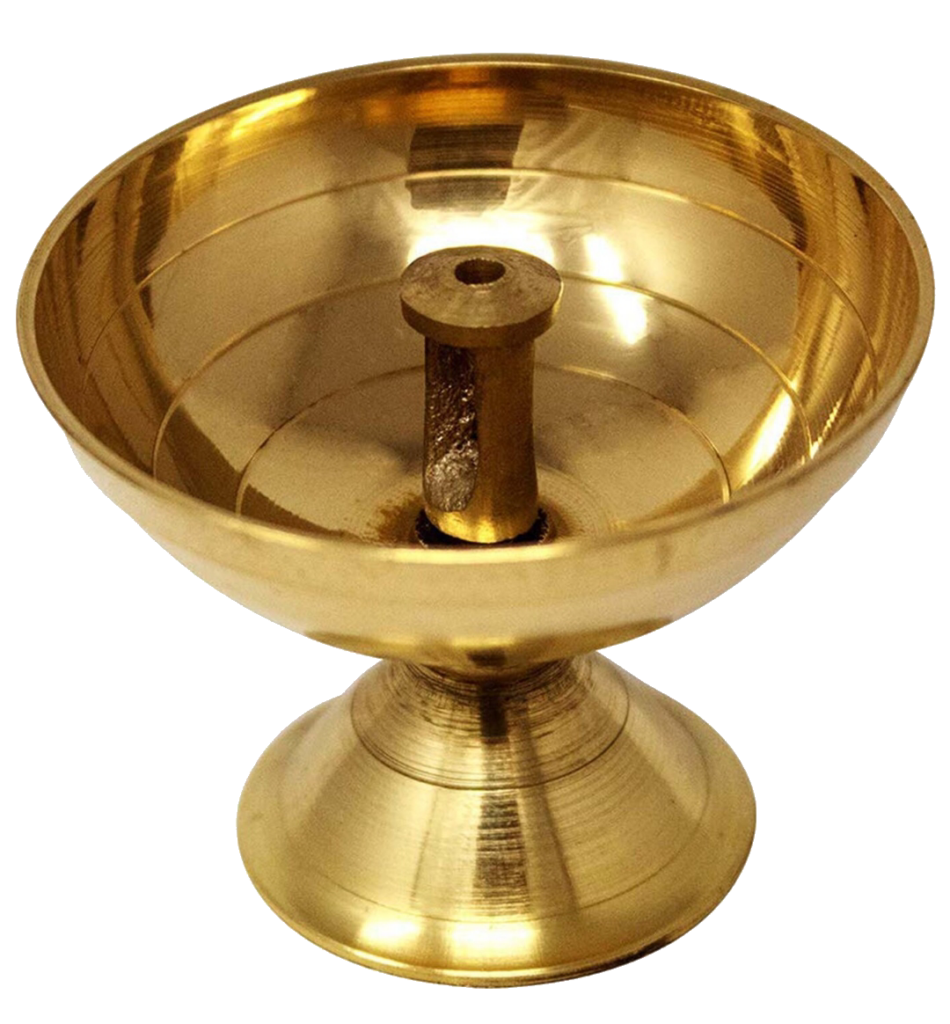





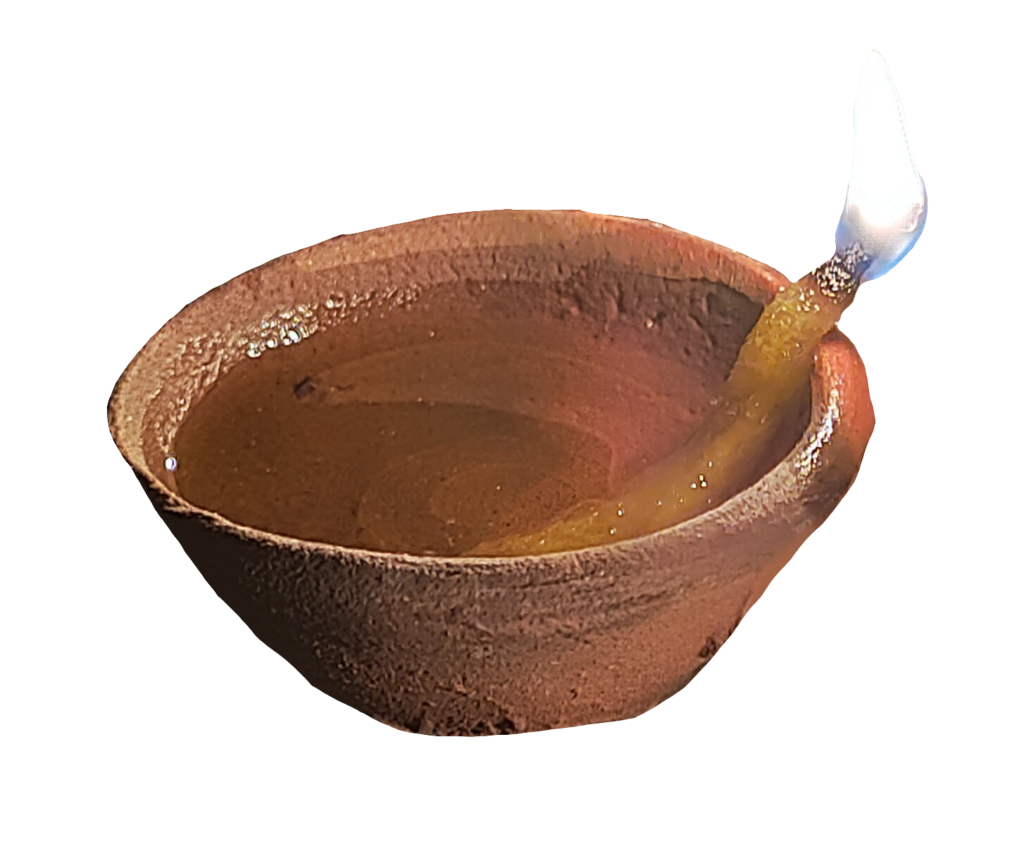
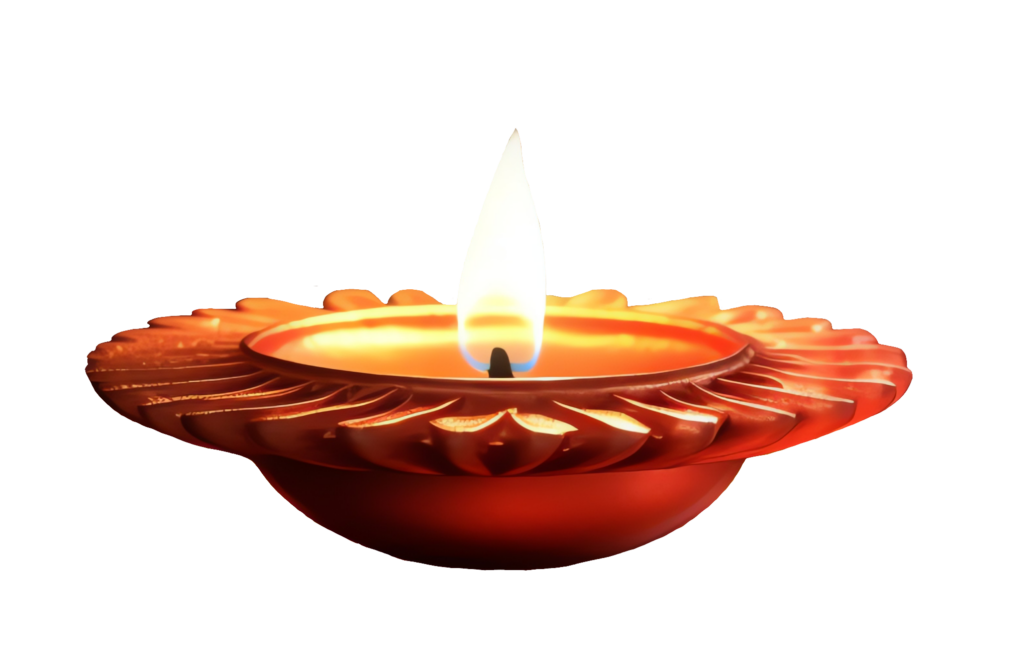
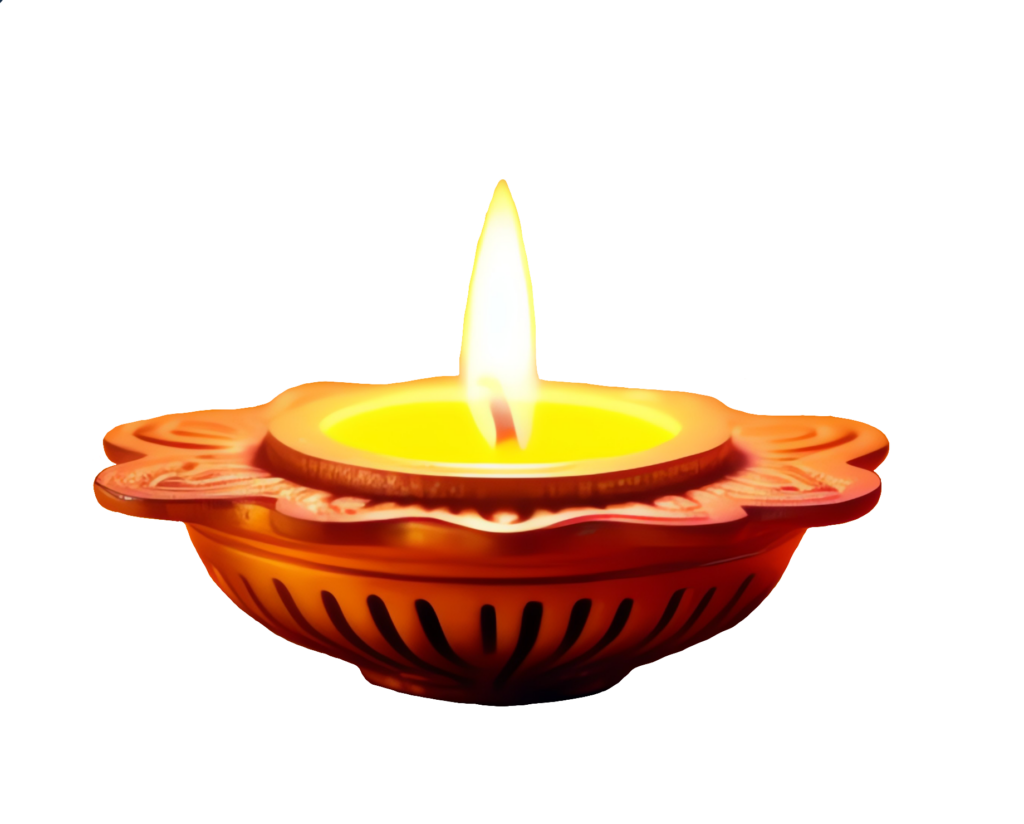
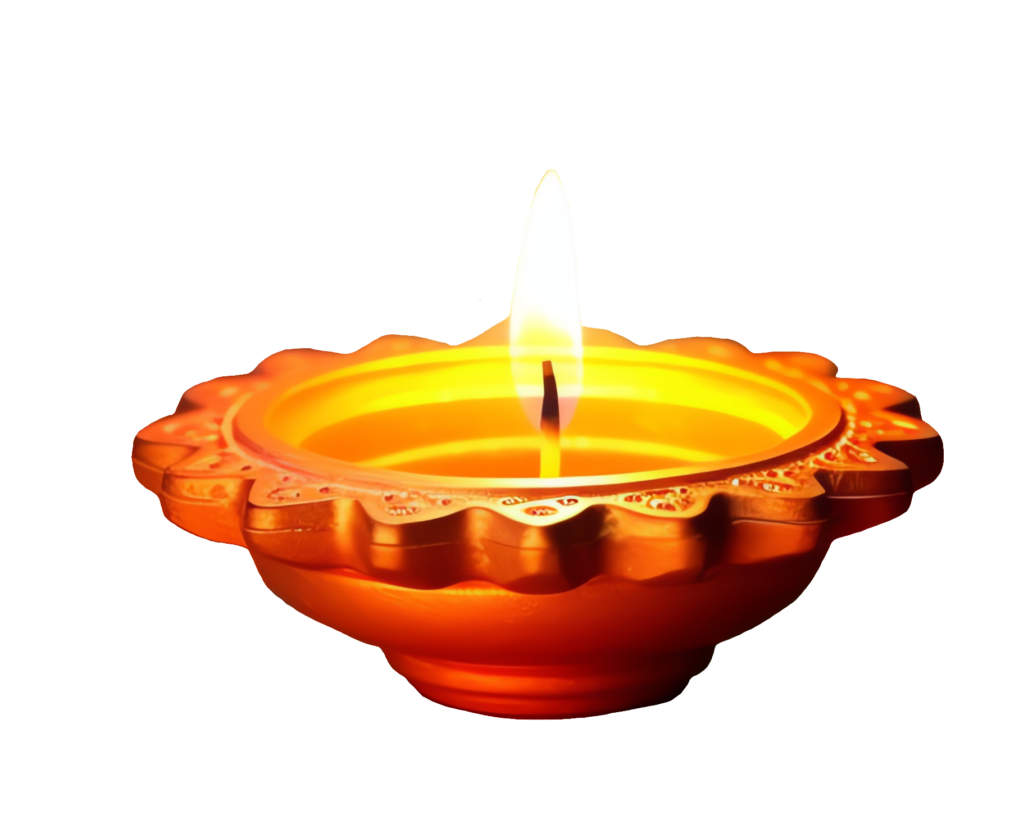
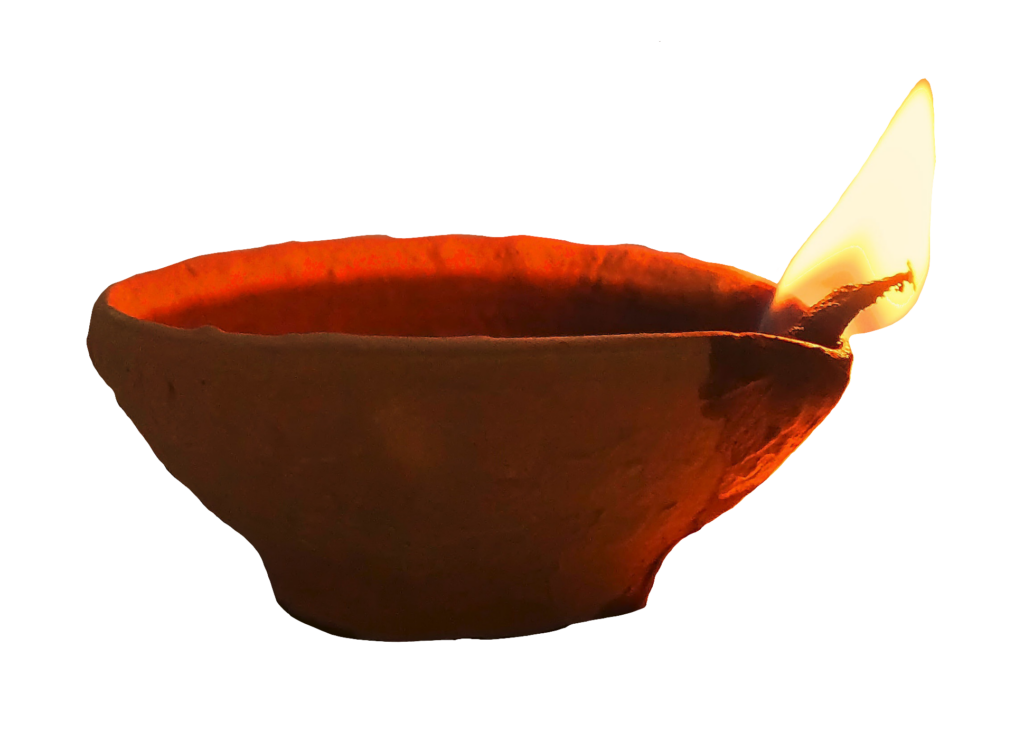
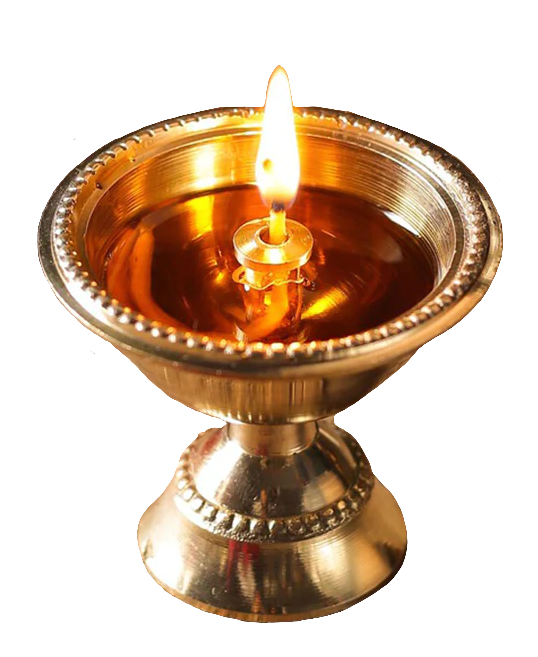
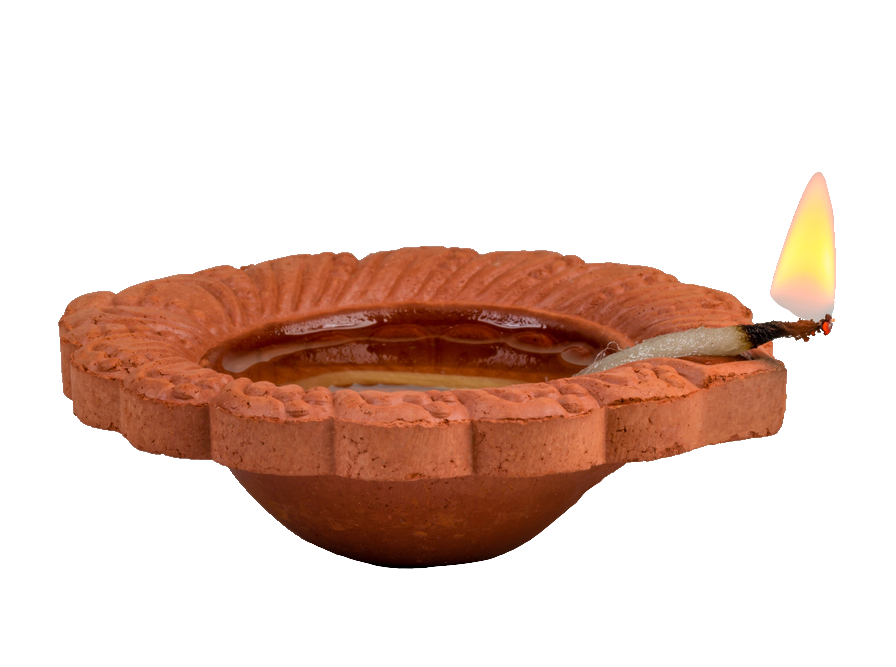

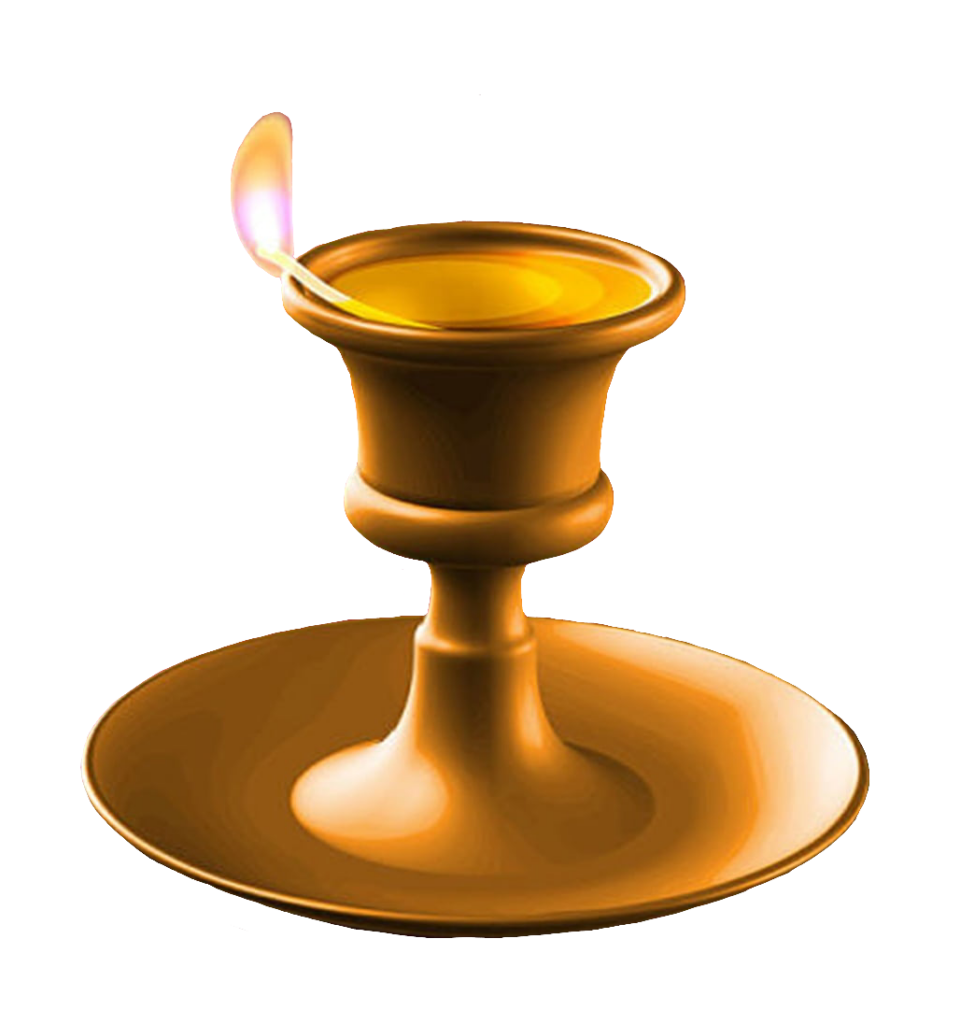
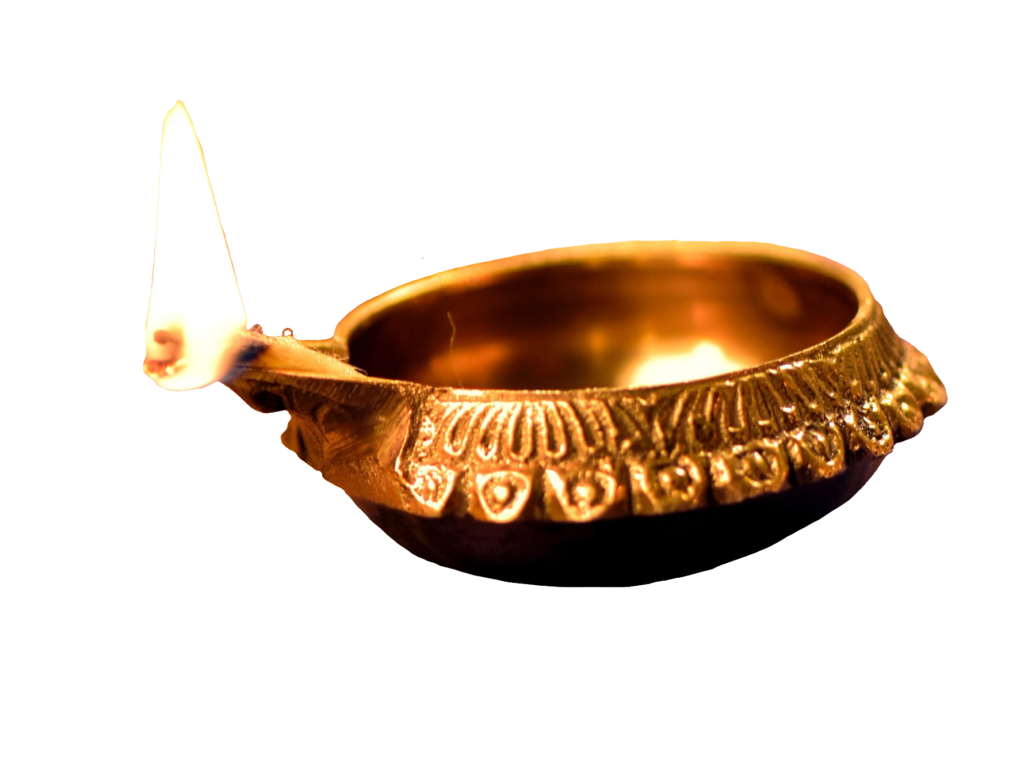


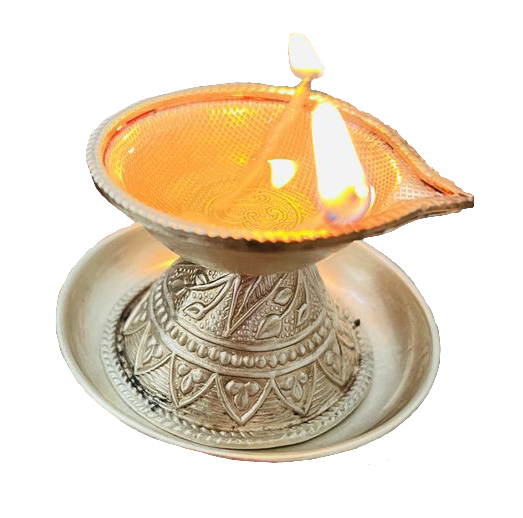
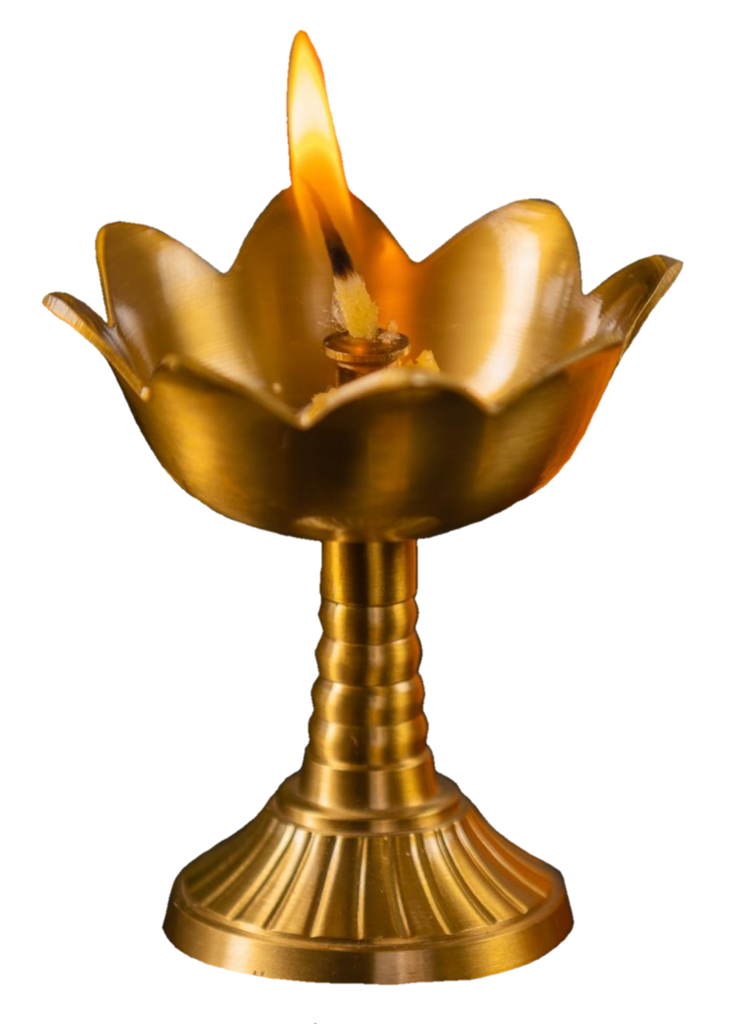
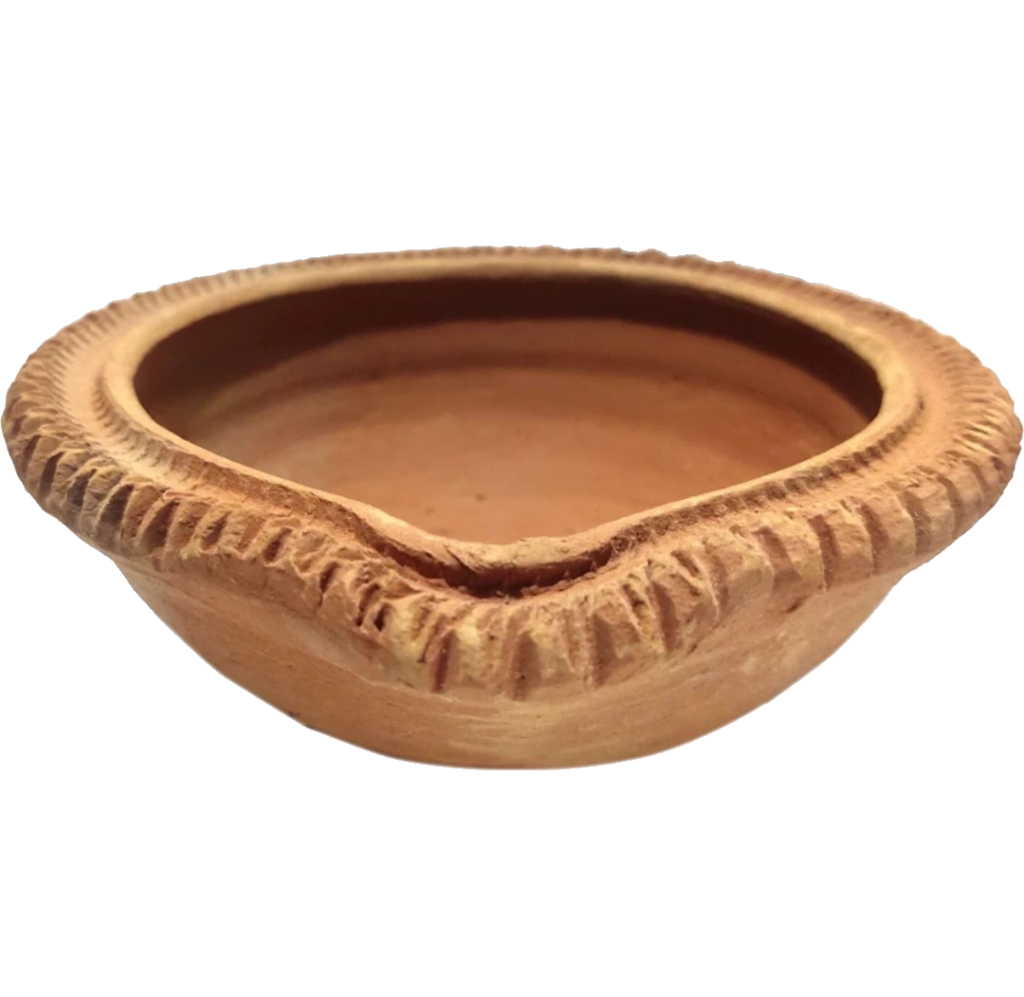
In the rich tapestry of cultural traditions that grace the world, the diya is a luminous gem, illuminating the physical space and spiritual and cultural essence it represents. A diya, also known as a deepa or an oil lamp, holds a special place in the hearts and rituals of many cultures, particularly in South Asia. This humble yet powerful symbol bears witness to communities’ spiritual aspirations, cultural heritage, and unity.
The origins of the diya are deeply rooted in ancient times, intertwined with the early practices of using fire as a source of light and warmth. Its transformation from a utilitarian object to a potent symbol of spirituality and tradition is a testament to humanity’s adaptability and creative expression. Initially, Diya was fashioned from clay, filled with oil or ghee, and a cotton wick was lit to produce light. Over time, the design, materials, and embellishments of diyas evolved, reflecting the diverse artistic styles and cultural intricacies of different regions.
The diya holds profound spiritual significance across multiple cultures. In Hinduism, the diya is often associated with worshiping deities and inviting positive energies into the space. It symbolizes the dispelling of darkness and the ushering in of light, literally and metaphorically. Lighting a diya during puja (ritualistic worship) offers one’s devotion and seeks blessings from the divine.
In Jainism, the diya signifies knowledge that illuminates the path of righteousness, dispelling ignorance and darkness. In Sikhism, the diya represents the divine light of Waheguru (God), guiding followers toward spiritual enlightenment.
The diya finds its zenith of significance during festivals and celebrations. Diwali, often called the Festival of Lights, is perhaps the most famous celebration associated with diyas. During Diwali, homes, temples, and public spaces are adorned with rows of illuminated diyas, symbolizing the victory of light over darkness and good over evil. This festival serves as a unifying force, bringing together families, friends, and communities in a shared experience of joy and devotion.
Beyond its spiritual and cultural dimensions, the diya carries environmental and artistic implications. Traditional clay diyas are biodegradable and eco-friendly, making them a sustainable choice compared to modern alternatives. Crafting and decorating diyas is an art form that reflects local craftsmanship and artistic expressions passed down through generations.
The diya is a timeless reminder of our roots and cultural heritage in an era of rapid globalization and technological advancements. It encourages us to pause, reflect, and reconnect with our traditions. While modern lighting methods may offer convenience, the diya’s warm glow and meaningful symbolism continue to kindle a sense of connection to our past and each other.



Leave a Comment
Instagram